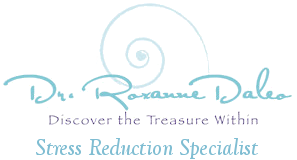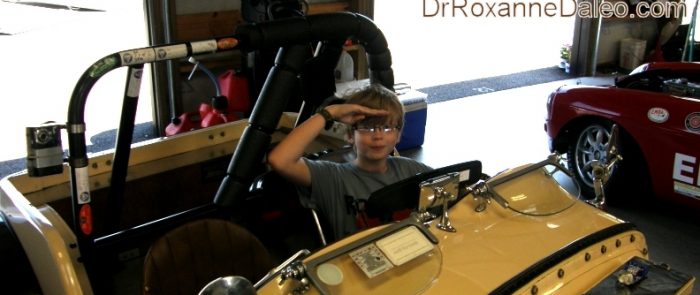The third key to stress-hardiness is response-ability. Instead of react, the stress-hardy person responds. It is not what happens to you, it is how you respond to it that effects you.
Did you know that when you perceive a threat whether physical or emotional, your body can produce chemical signals that trigger your stress response? When your body is in stress mode
without relief (which is like a car in overdrive) you wear your body out, developing symptoms such as headaches; upset stomach aches; muscle tightness in neck and shoulders; and problems with indigestion and sleep. Visualization and guided imagery are powerful techniques because the brain makes no distinction between real or imaged information. The pictures or movies of our mind are driving our physiology. Guided imagery is not a tool of self-deception; it is a tool of self-direction!
This is why it’s important to use your response-ability and save yourself from unnecessary stress symptoms. When you do, you are able to stay calm rather than feeling anxious, irritable, angry or sad.
You choose how to respond in a moment’s notice with the vigilance of a race car driver. When you react, you are not choosing deliberately. Response-ability requires seeing where your attention is in the moment and holding focused awareness. As a driver, you can see through your windshield the car crashing right in front of you. But in order to avoid crashing yourself, you just keep calm and clear. When you do, you are able to drive around the crash site.
Let’s practice using these resources and activities:
-
Create an obstacle course in your backyard for your child to complete.
-
Go biking with your child and pay attention for ways to take a detour and take them.
-
Play pick-up sticks.
-
Build routines designed to foster response-ability. Model for your child ways you respond with awareness. For example, when you and your child have a broken connection by a misunderstanding or an argument, instead of impulsively reacting with anger or negative emotions, demonstrate a heart-felt way to rebuild the bridge of communication by beginning a conversation like this: “I am determined to see things differently; let’s look at this again.”
-
When you begin determined to see things differently, you are asking yourself to think differently about any situation that upsets you. You realize that even if the situation is not your doing, your way of interpreting it, is completely in your control. Here’s another way you can cultivate insight, say to yourself: “I am never upset for the reason I think.” “I give people and events the meaning they have for me and I can choose differently, now, in this moment.”
-
Use creative resource teaching tales:
Joseph Had A Little Overcoat By Simms Taback The story of Joseph whose ingenuity and perseverance gives him the ability see the value of something held dear as it changes over time.
The Rough-Faced Girl By Rafe Martin The story of a young girl who maintains her sense of dignity and self-worth in spite of hardship and cruelty.
The Empty Pot By Demi The story of a boy’s truth, in the guise of an embarrassing failure is turned triumphant in this satisfying tale of honesty rewarded.

